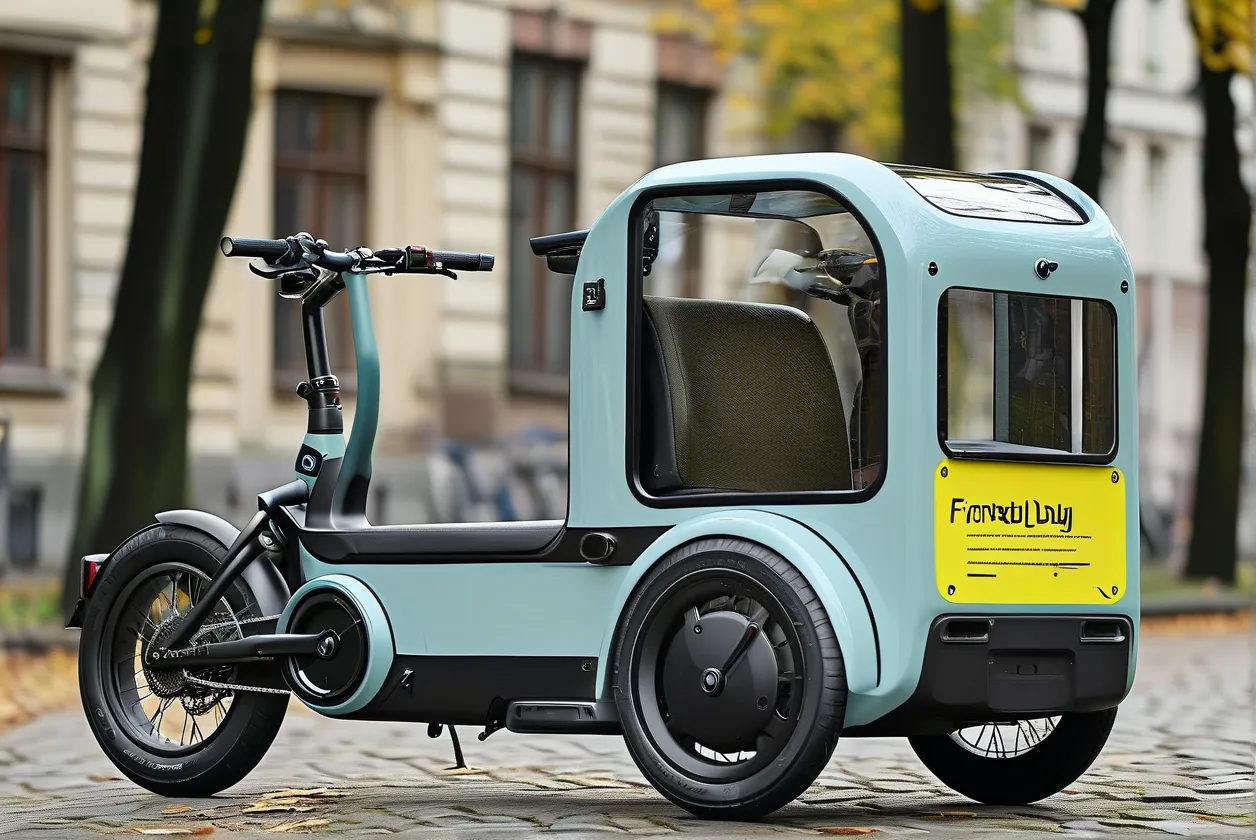Navigating the growing market of front load cargo bikes can feel overwhelming, especially when you need a heavy-duty model that handles both urban commutes and family logistics. With more cities embracing cycling infrastructure and families seeking eco-friendly transport solutions, these bikes have evolved from niche products to essential tools. But how do you identify the right workhorse that balances durability, capacity, and practicality?
1. Assess Payload Capacity First
Heavy-duty front loaders distinguish themselves through payload ratings. Look for models supporting minimum 200 kg (440 lbs) total weight, including riders, cargo, and accessories. For example, the Urban Arrow Family offers a 250 kg capacity, while the Riese & Müller Packster 70 handles 200 kg. Check manufacturer specs for “max gross vehicle weight” rather than just basket capacity – this ensures the frame and components are engineered for stress distribution.
2. Frame Material Matters More Than You Think
Aluminum alloys dominate premium models (6061-T6 being industry standard) due to their strength-to-weight ratio. However, Dutch brand Babboe uses powder-coated steel frames on their Mountain series for enhanced rigidity when carrying multiple children. Consider your typical load:
– Aluminum: Better for daily urban use (lighter, corrosion-resistant)
– Steel: Ideal for constant heavy loads (construction materials, multiple passengers)
3. Braking Systems That Handle Real-World Demands
A 2023 study by Cycle Industries Federation found that cargo bikes require 23% longer stopping distances than standard bicycles under full load. Prioritize models with:
– Hydraulic disc brakes (Shimano MT200 or better)
– Motor inhibitors that cut power during braking (critical for e-cargo models)
– Parking brakes for hill starts (common in Tern GSD and Larry vs Harry Bullitt)
4. Battery Range vs. Real-World Usage
Don’t fall for “maximum range” claims. Bosch’s independent testing shows cargo e-bikes average 35-60 km per charge under actual load conditions. The Bosch Cargo Line motor remains the gold standard, with smart system models automatically adjusting power output based on weight sensors. Pro tip: Opt for dual-battery compatibility if your daily trips exceed 40 km.
5. Safety Features Families Overlook
While ISO 4210 certification is mandatory, leading brands go further:
– Integrated wheel covers (prevents loose clothing catching in spokes)
– Magnetic child seat buckles (tested to 50kg pull force)
– Automatic brake light activation (standard on newer Riese & Müller models)
6. Modular Accessory Systems
The best cargo bikes grow with your needs. Look for brands offering:
– Interchangeable side panels (convert from kid carrier to flatbed)
– Third-party certified child seats (Maxi-Cosi adapters etc.)
– Weatherproof cargo liners with tie-down points
Brand Reliability Checkpoints
Cross-reference these indicators of engineering rigor:
– Minimum 5-year frame warranty (10 years from Dutch brands like Bakfiets.nl)
– Service network coverage in your area
– Availability of crash replacement parts
Before finalizing your decision, visit local dealers for a loaded test ride. Bring actual cargo weights – many shops provide sandbags to simulate groceries or children. Pay attention to:
– Steering responsiveness when fully loaded
– Standover height when dismounting
– Visibility to other traffic
The ideal heavy-duty front loader disappears into your daily routine rather than complicating it. While premium models like the Urban Arrow Family ($6,500+) set benchmarks, emerging brands like Muli Motors and Douze Cycles now offer capable alternatives under $4,000 without sacrificing critical safety features. Remember: Your perfect cargo bike isn’t about specs alone – it’s about how seamlessly it integrates into your unique mobility ecosystem.
